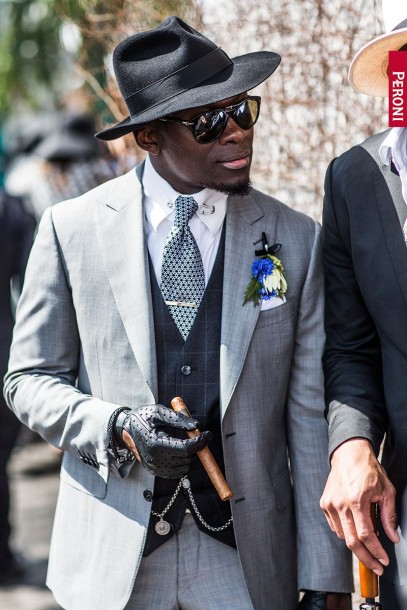Movember has officially begun. It’s that time of the year when gents all around the world ditch the razor and let their mo’s be free, all in the name of men’s health.
In honour of Movember, D’Marge and our friends at Just For Men have put together a little video. Meet Tom, a handsome young man who’s taking on the Movember challenge. From go to mo, see what it takes to get the kind of moustache every woman (and man) wants to touch.
I had the pleasure of making a cameo for this little film for Movember, have a chuckle... and give a brother with a mo a high 5.
THE CAUSE:
Movember is all about awareness of mens health issues.
The state of men’s health is in a crisis. Simply put, men are dying too young.
Gender is one of the strongest and most consistent predictors of health and life expectancy. For men, this is not good news. On average, across the world, men die 6 years earlier than women.
Moreover, poor mental health affects men more than women: three quarters of suicides are by men. The World Health Organisation estimates that 510,000 men die from suicide globally each year. That’s one every minute.
The impact of prostate and testicular cancer on lives is substantial, with prostate cancer being the second most common cancer in men worldwide and the number of cases expected to almost double to 1.7 million cases by 2030.
Yet this gender-based inequality in health has received little national, regional or global acknowledgement or attention from health policy-makers or healthcare providers. This is exactly why the Movember Foundation focuses on men’s health. This is why Mo Bros and Mo Sistas from across the globe become a united voice every Movember, bringing vital funding and attention to the hidden men’s health crisis.
This is not just an issue for men. In order to tackle the problem and work towards a world where future generations of men are not faced with the same issues as today, we need to take action at both an individual and community level. This means engaging men and women, businesses, sporting groups, community organisations, governments, health policy makers and healthcare providers in the efforts to reduce the current gender inequality in health outcomes.












